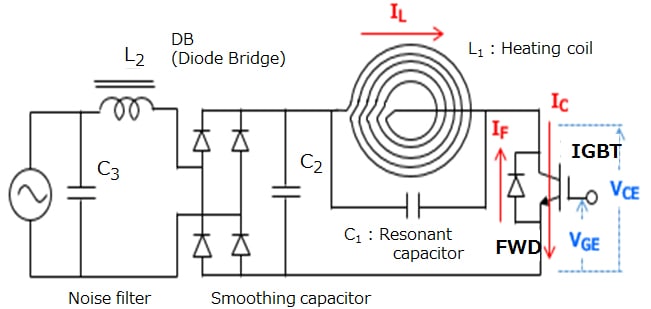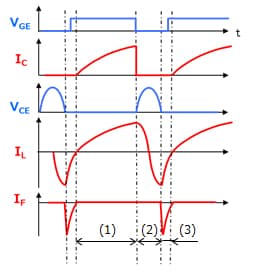- 半導體首頁
-
應用Automotive
Body Electronics
xEV
In-Vehicle Infotainment
Advanced Driver-Assistance Systems (ADAS)
Chassis
IndustrialInfrastructure
BEMS/HEMS
Factory Automation
Commercial Equipment
Consumer/PersonalIoT Equipment
Healthcare
Wearable Device
Mobile
Computer Peripherals
-
產品車用元件
Discrete Semiconductor
Diodes
電晶體
通用邏輯IC
Analog Devices
Digital Devices
Wireless Devices
※
: Products list (parametric search)
功率半導體※
: Products list (parametric search)
隔離器/固態繼電器Photocouplers
Digital Isolators
※
: Products list (parametric search)
MOSFETsIGBTs/IEGTs雙極性電晶體※
: Products list (parametric search)
Diodes※
: Products list (parametric search)
微控制器馬達驅動 ICs智能功率 ICs※
: Products list (parametric search)
電源管理 ICs線性 ICs※
: Products list (parametric search)
通用邏輯 ICs線性影像感測器其他產品其他產品
※
: Products list (parametric search)
-
開發/設計支援
開發 / 設計支援
-
技術知識
- 購買管道
- 型號 & 關鍵字搜尋
- 交叉搜尋
- 參數搜尋
- 線上庫存查詢跟購買
This webpage doesn't work with Internet Explorer. Please use the latest version of Google Chrome, Microsoft Edge, Mozilla Firefox or Safari.
型號需要超過三個文字以上 Search for multiple part numbers fromhere.
The information presented in this cross reference is based on TOSHIBA's selection criteria and should be treated as a suggestion only. Please carefully review the latest versions of all relevant information on the TOSHIBA products, including without limitation data sheets and validate all operating parameters of the TOSHIBA products to ensure that the suggested TOSHIBA products are truly compatible with your design and application.Please note that this cross reference is based on TOSHIBA's estimate of compatibility with other manufacturers' products, based on other manufacturers' published data, at the time the data was collected.TOSHIBA is not responsible for any incorrect or incomplete information. Information is subject to change at any time without notice.
型號需要超過三個文字以上
Please explain the operation of voltage-resonant soft switching of an IGBT.

Figure (a) shows the schematic of a voltage-resonant induction cooktop as an application example of soft switching. Figure (b) shows its operation and waveforms.
In the circuit of Figure (a), when the IGBT turns on, current flows through the heating coil (L1). When the IGBT turns off, L1 and C1 go into resonance, causing sinusoidal voltage to be applied to the IGBT. The direction of resonance between L1 and C1 reverses, causing the C1 voltage to offset the C2 voltage. When the C1 voltage exceeds the C2 voltage, current begins to flow through the C1-C2-FWD-C1 loop. During this period, the collector-emitter voltage of the IGBT is equal to the forward voltage (VF) of the freewheeling diode (FWD), which is almost zero. At this time, the IGBT turns back on. As a result, current flows through the heating coil (L1) from the input side again. This sequence is repeated.
A voltage-resonant circuit is inexpensive because it does not require many components. However, when a system needs a high power capacity, an IGBT with very high withstand voltage is required so as to handle high resonance voltage. Therefore, a voltage-resonant circuit is used in many induction home appliances with a capacity of up to 1.5 kW at 100 VAC and up to 3 kW at 200 VAC. The smoothing capacitor (C2) on the input side has low capacitance because it receives electric power during a single pulse period. The voltage across C2 has a full-sine waveform, leading to a high power factor on the input side. Therefore, a voltage-resonant circuit eliminates the need for a power factor correction (PFC) circuit.

- The IGBT turns on.
Collector current flows via L1. - The IGBT turns off.
L1 and C1 go into resonance, causing voltage to increase. - The FWD conducts.
The energy stored in C1 flows back to the power supply via the FWD. An “on” signal is applied to the IGBT when the resonance voltage drops below the reference voltage.
Steps 1 to 3 are repeated.

